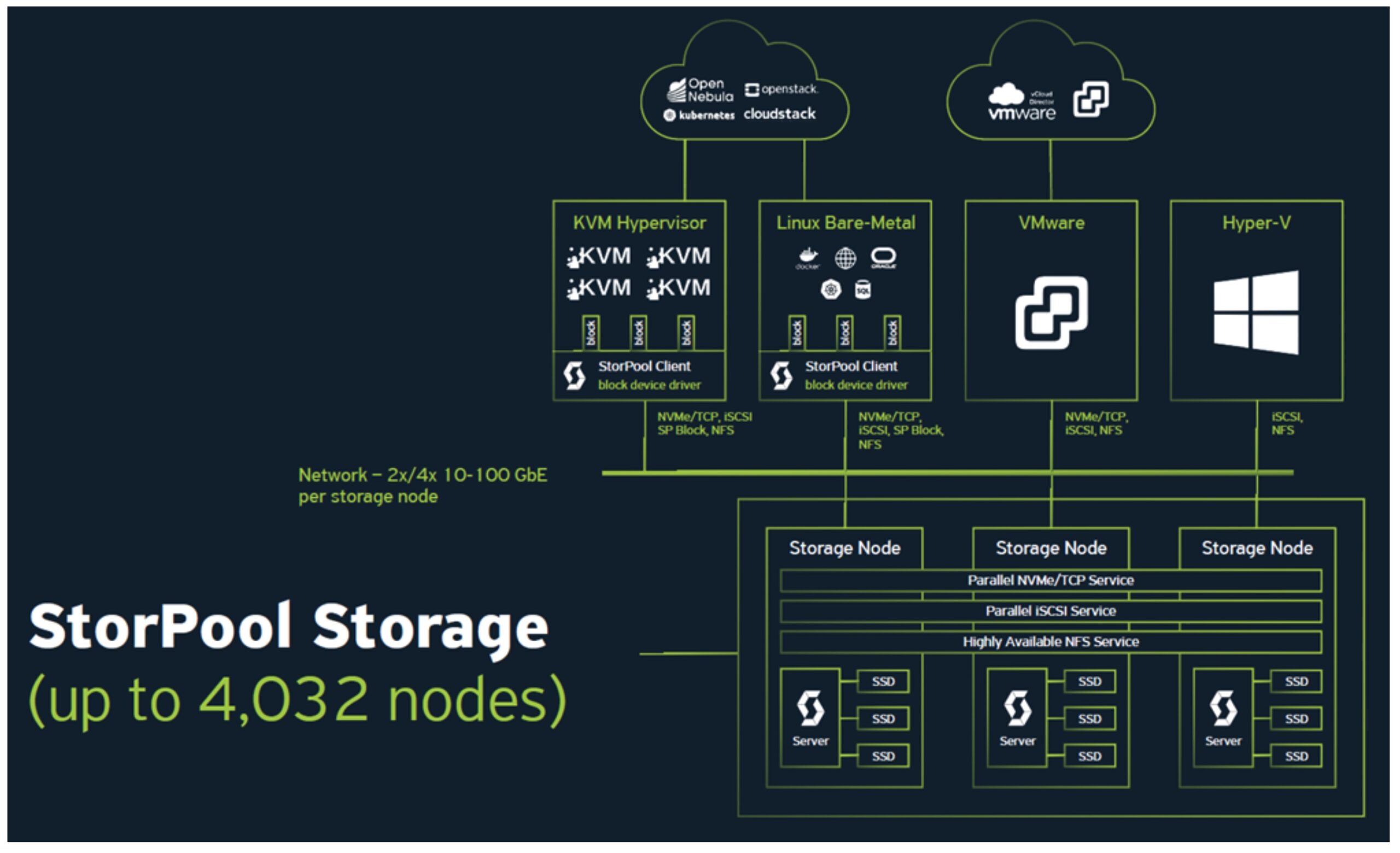Within the enterprise there is a desire to modernize applications and make use of the advantages they provide over the traditional monolith application architecture. Modern applications break out services and functions into component parts as a means of providing scalability, resiliency, and speed of development. Ideally, an enterprise IT customer would be able to refactor all of their existing applications to take advantage of this distributed application model, but as we know this is far from the reality of enterprise IT.
Balancing Old vs. New
Many applications that are considered legacy are still critical to business processes, but are not likely to be refactored for a number of reasons. If the application was not built in house, then you are at the mercy of the vendor who may have little incentive to modernize it, or may have plans to, but not in the near future. Perhaps a traditional application that is still used regularly meets the requirements of the business and refactoring to a modern architecture is deemed too costly and time intensive to provide any real value.
Conversely when going down the road of developing modern applications, many enterprises discover that their existing infrastructure and tools do not provide the capabilities needed to build an application that responds dynamically to the needs of its consumers. If new application features are rolled out or the need for different levels of performance or availability arises, how can the application or the infrastructure it runs on adapt?
What do you do if you are an enterprise IT department that needs to provide storage infrastructure for traditional enterprise applications as well as the capabilities needed by modern applications? The applications that are not going to be refactored soon, if ever, are going to require features such as high performance, replication, and high availability among others. Modern applications will need the means to define storage capabilities dynamically and have and underlying infrastructure that responds appropriately by moving data to the type of storage that matches the needed performance or protect data according to policy.
Bridging the Application Gap
 Recently Datera shared how their software defined storage platform helps enterprise customers bridge the gap between traditional enterprise applications and modern applications at Storage Field Day 18. The platform was built from the ground up to provide many of the previously mentioned enterprise storage features that customers require to provide the levels of performance and availability that their mission critical applications require. But, it is also built as a software defined platform to deliver the kind of modern features and agility required by modern application architectures.
Recently Datera shared how their software defined storage platform helps enterprise customers bridge the gap between traditional enterprise applications and modern applications at Storage Field Day 18. The platform was built from the ground up to provide many of the previously mentioned enterprise storage features that customers require to provide the levels of performance and availability that their mission critical applications require. But, it is also built as a software defined platform to deliver the kind of modern features and agility required by modern application architectures.
With Datera, resources and polices can be defined that will determine how the storage infrastructure behaves for a given application. Rather than spending time defining performance, availability, and other characteristics your storage will have on a per application basis, developers can dynamically apply a policy to their data and let Datera place and protect it as needed. Regardless of whether your application needs bare metal, VMs, or containers, Datera’s solution provides the flexibility to utilize block or object storage on the compute runtime of choice.
It’s the choice that Datera is providing that enables customers to build and operate hybrid applications. The transition of moving from traditional applications to modern applications is not as simple as ripping the band-aid off. It must be carefully planned and executed in stages that allow a smooth architectural and development process. This can be achieved by using various pieces of infrastructure in a piecemeal manner, but by relieving complexity of using multiple tools with a single storage platform Datera brings simplicity to the enterprise as application architectures are undergoing a metamorphosis.
Ken’s Conclusion
When discussing modern applications, infrastructure is often not given much though except to say that it should be easy to provision according to the needs of the application itself. Those who provide the infrastructure to applications developers and end users know this is no trivial task. By providing a versatile platform, Datera is in a position to help operations and application teams provide the flexibility needed to serve both traditional and modern application architectures.




